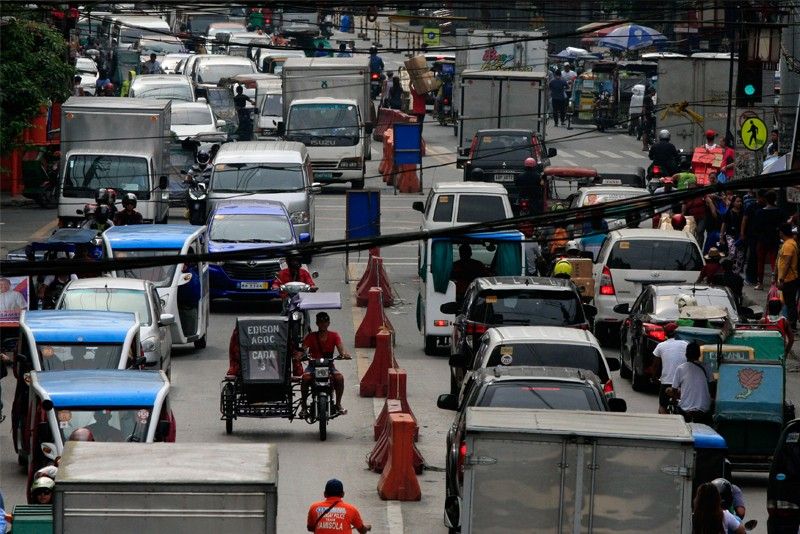World Bank: Price tag for ‘climate-smart infra’ is 4.5% of GDP

MANILA, Philippines — The World Bank on Thursday said developing countries like the Philippines should ramp up spending on “climate-smart” infrastructure to help stay on track to limit climate change to up to 2°C.
In its “Beyond the Gap” report, the Washington-based multilateral lender said infrastructure spending of 4.5 percent of gross domestic product would enable universal access to water, sanitation and electricity, as well as better mobility, food security and flood protection.
“Our analysis clearly shows that developing countries can build the climate-smart infrastructure they need by spending around 4.5 percent of GDP. The good news is this is close to what many countries already spend,” said Kristalina Georgieva, interim president of the World Bank Group.
“With the right choices, infrastructure can be built that helps achieve globally agreed emissions targets. The focus must be on smarter and more resilient investments, not necessarily more money,” Georgieva added.
According to the World Bank, developing countries spend between 3.4 percent of GDP and nearly 5 percent, with a central estimate of around 4 percent.
“Today the infrastructure gap is huge: 940 million people live without electricity, 663 million lack improved sources of drinking water, 2.4 billion lack improved sanitation facilities, one billion live more than two kilometers from an all-season road, and four billion people lack internet access,” the Bank said.
“Uncounted numbers are unable to access work and educational opportunities due to the absence or high cost of transport services,” it added.
The World Bank report said the spending goal of 4.5 percent of GDP represents a "preferred scenario" whereby countries adopt policies that account for long-term climate goals to avoid expensive stranded assets later, invest in renewable energy, combine transport planning with land-use planning, develop railway systems attractive to freight, and deploy decentralized technologies in rural areas—such as mini-grids for electricity.
But in other scenarios, with similar ambitions but without supportive policies, the price tag doubles, the Bank added. — Ian Nicolas Cigaral
- Latest
- Trending


























